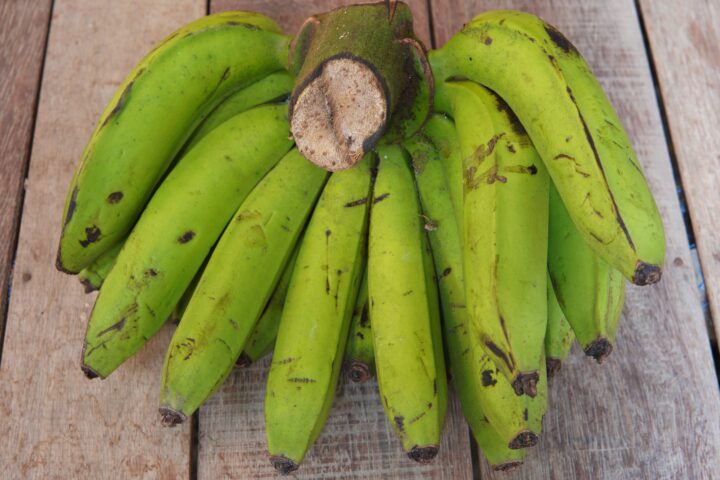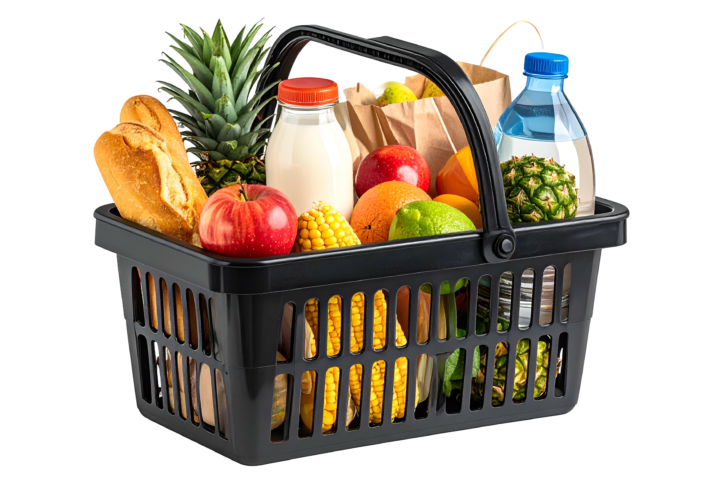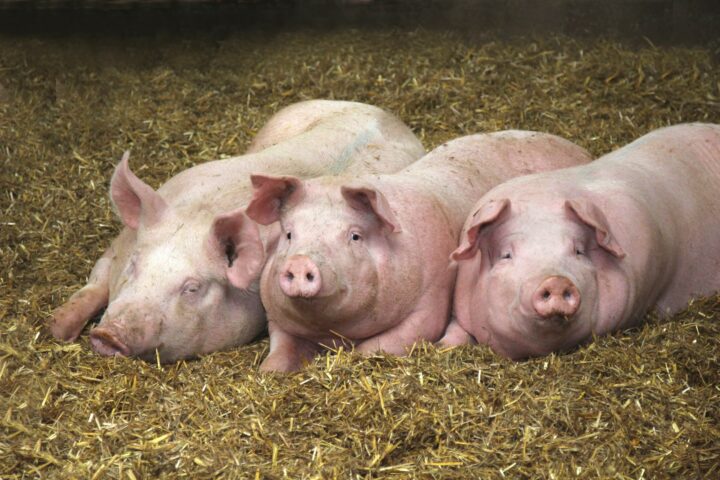
Vegan alternatives thanks to genetic engineering
How can we feed a growing global population in a sustainable way? The answer increasingly lies in laboratories and genetic engineering. Whether it's lab-grown milk, vegan squid or farmed salmon – genetic engineering is everywhere. It's high time to dispel the old myths.
Thursday, August 7, 2025
Science journalist Ludger Wess sums it up in his latest article on swiss-food.ch: ‘Without genetic engineering, nothing works!’ His criticism: politicians and associations have been stirring up fears about genetic engineering for years – even though it has long been part of our everyday lives. Whether in food, cosmetics or medicine, genetic engineering has been used for decades.
What's more, genetic engineering can help conserve resources, protect the environment and improve food quality. Products become more digestible, more resource-efficient to manufacture and more diverse. The technology not only advances ‘conventional’ foods – it also enables innovative alternatives for vegans who consciously avoid animal products.
Milk from faecal bacteria
One example is milk. What once came from the udder can now be produced in the laboratory – with the help of faecal bacteria. As reported by the Aargauer Zeitung, a Swedish-Danish research team has proven this for the first time in a new study. The research team has achieved a remarkable feat: their laboratory milk even contains the most important milk proteins, casein and whey. Until now, it has only been possible to produce individual proteins using yeast.
The researchers are working with two approaches: The first involves classic gene editing, whereby bacteria are implanted into a milk gene from a cow, allowing the original protein from the cow to be produced artificially and milk to be produced. The second method involves a modified protein that is similar to natural casein and can also bind calcium. In both cases, the result is astonishing: the laboratory milk tastes closer to the original than plant-based alternatives made from oats, soy or almonds.
This technology will not be coming to market in Switzerland or Europe for the time being. Once again, this is due to high regulatory hurdles that are slowing down innovation. While countries such as Israel are actively investing in these developments, Switzerland is treading water in terms of regulation. But Switzerland could do things differently: The Brugger start-up Yeastup, which uses brewer's yeast to produce a high-quality protein for food, cosmetics and nutritional supplements, is now supported by almost 9 million Swiss francs in investor funds. This process is also based on genetic engineering – and demonstrates the potential of the new methods.
Better beer thanks to genetic engineering
Modern genetic engineering is also used in beer production. A Belgian research team led by molecular biologist Johan Thevelein has significantly improved the taste of beer using the CRISPR/Cas9 gene-editing tool. The background: in the closed fermentation tanks commonly used today, aroma is often lost due to the high carbon dioxide pressure. This particularly affects isoamyl acetate, a banana-like flavouring typical of beer.
The researchers found that a specific gene mutation – introduced using CRISPR – makes yeast strains significantly more resistant to pressure. This preserves the full flavour without changing the brewing process. The method has already been successfully applied in commercial brewer's yeast. Rose aromas, glycerine content and heat resistance have also been specifically improved in this way. This is another example of how genetic engineering works where you least expect it: in your after-work beer.
Squid made from fungal protein
Plant-based alternatives also benefit from biotechnological processes. One example is THE KRAKEN. This is a vegan squid substitute produced by the Viennese company Revo Foods. The product is based on mycoprotein, a protein-rich substance extracted from fungi. This protein has a fibrous structure reminiscent of meat and contains many nutrients. Genetically optimised fermentation processes can be used to make mycoprotein usable in this form. The result: a deceptively real texture without harming animals or the environment.
Salmon from real cells
And the technology doesn't stop at ‘real’ fish. In the USA, lab-grown salmon was recently approved for sale for the first time. This is not a plant-based imitation, but salmon fillet grown in vitro from real fish cells – in bioreactors under controlled conditions. According to the trade magazine Food and Wine, the lab-grown salmon even impresses gourmets: it is of ‘sashimi quality’ and is already being served in a renowned restaurant in Portland.
Chicken protein from the bioreactor – for healthy dogs
Genetic engineering is also finding its way into animal feed. Researchers at the University of Illinois and US start-up Bond Pet Foods have used precision fermentation to produce a special chicken protein – brewed with genetically modified brewer's yeast.
A study with dogs showed that the new protein is well tolerated, improves intestinal health and has a positive effect on the composition of the intestinal flora. The feed was produced from real chicken genes in yeast – without any animal husbandry. This is another example of how genetic engineering is helping to create sustainable alternatives that work.
Genetic engineering is part of reality
All these examples show that genetic engineering is found in innovative products that are produced in a sustainable way and open up new possibilities for consumption and nutrition. And this is just the beginning. As biotechnology advances, so does the variety of solutions to some of the challenges of our time: climate change, food security and health.
Sources
Kindly note:
We, a non-native editorial team value clear and faultless communication. At times we have to prioritize speed over perfection, utilizing tools, that are still learning.
We are deepL sorry for any observed stylistic or spelling errors.
Related articles

Genetic engineering? Yes, of course.
As a consumer, you often don't know: products advertised as GMO-free have long contained genetic engineering. This is a thorn in the side of opponents of genetic engineering. But it is easier to keep quiet about the ‘scandal’ – because something we have been eating for a long time no longer scares us.

How genetic engineering is saving the Cavendish banana
The most popular banana variety - the so-called Cavendish banana - could soon disappear due to a persistent fungus. Australian researchers have developed a solution based on genetic engineering.

‘No genetic engineering’ is simply not an option!
For years, politicians and environmental organisations have been stirring up unnecessary fears about a technology that has been helping to conserve resources and protect the environment for decades, while improving the quality and tolerability of food and cosmetics. It is time to put an end to this consumer deception.

What’s Really in Your Shopping Basket
Genetic engineering in our shopping basket? Yes – and much more often than we think. Whether it’s pasta, bread or vegetables: many of the everyday products we consume come from mutation breeding, which involves altering the genome and is considered safe. It’s high time to debunk the common myths.

Genomic breeding methods are not given a chance to prove themselves
Modern genomic breeding methods are legally classified as genetic engineering – and are therefore still effectively blocked. Yet we have been eating genetically modified plants for decades, just under the label of “classical mutagenesis.” The new, more precise techniques are regulated more strictly than the old ones, even though they are considered safer from a scientific perspective. A contradiction that urgently needs to be corrected. The EU is setting a good example.

No Pig Business: Why Testicle-Free Boars Are a Clear Win for Animal Welfare
New breeding methods are opening up new possibilities in both plant and animal breeding. They allow targeted genetic changes that can make animals more resilient, adaptable, and healthier.

Stagnation instead of progress: Switzerland risks falling behind in new breeding techniques
An overview article in Schweizer Bauer shows how much the new breeding methods are preoccupying farming circles. Once the consultation process on the federal law has been completed, a bill is expected – then it will become clear whether there is actually the political will to approve it.

